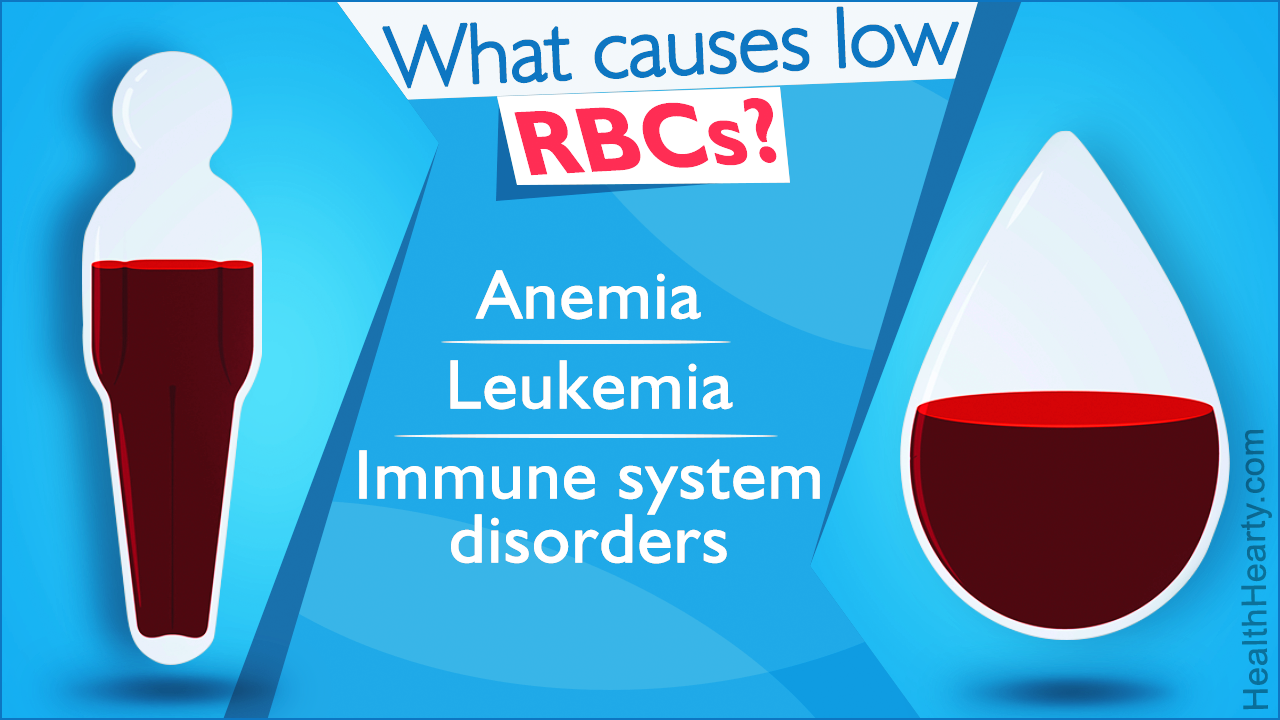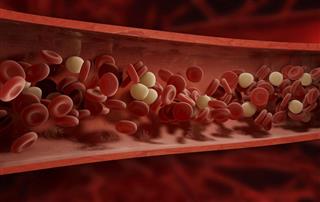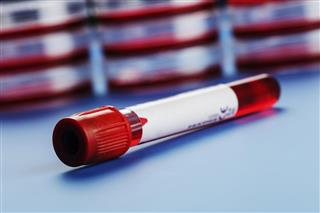
When the number of red blood cells decreases than the normal range, it may cause immense harm to the body by weakening its defense system and increasing its vulnerability to infection. The following article provides information about the various causes of a low red blood cell count.
Red Blood Cells (RBC), also known as erythrocytes or red blood corpuscles are responsible for carrying oxygen to all parts of the body. They are an important component of blood and make up approximately 45% of the blood. Erythropoietin (a hormone) is responsible for regulating the continuous production of red blood cells in the body. RBCs contain hemoglobin; the oxygen-carrying component, which is also the pigment that gives the blood the red color. They are biconcave, round, and flat in shape, and may change their shape to squeeze through the capillaries. These cells lack a nucleus and most organelles. As they carry oxygen, which is essential for the smooth working of the body, a low count of RBCs is considered unhealthy and a cause of worry.
Normal RBC Count
Maintaining a normal red blood cell count is essential; normal red blood cell count for an adult male is 4.7-6.1 M/ul, and for an adult female it is 4.2-5.4 M/ul. This number, however, may vary depending upon the age of the individual and the testing laboratory’s recommendations.
Causes of Low Red Blood Cell Count
Anemia
In this condition, the overall blood count is less than the normal number of RBCs, or less than the normal quantity of hemoglobin in the blood. This causes a decrease in the oxygen-carrying capacity of the blood. The common causes are sickle cell anemia, aplastic anemia, poor nutrition, heavy menstrual bleeding, etc.
Immune System Disorders
In most autoimmune diseases, the immune system attacks the body’s own blood cells or tissues by mistake. Autoimmune diseases that affect blood and blood vessels include autoimmune hemolytic anemia, systemic lupus erythematosus, pernicious anemia, etc.
Spleen Problems
The spleen is a part of the lymphatic system. Its smooth functioning is required to fight infections and keep the body fluids in balance. The spleen tissue, reticuloendothelial tissue, monitors red blood cells, thereby eliminating abnormal, damaged, and/or old cells that hamper their functioning. Any disorder of these lymphatic organs may hamper the work of this tissue, leading to decreased RBCs in blood.
Leukemia
Leukemia is a cancer of the blood cells, that affect the bone marrow. Bone marrow is the soft tissue present inside most bones and a place where blood cells are made. It basically affects the white blood cells first, causing them to abnormally multiply, eventually crowding other blood cells including the RBCs.
Hodgkin’s Disease
Hodgkin’s disease is a cancer of the lymphatic system. It occurs in the lymph nodes, spleen, liver, and bone marrow. As the lymph nodes, spleen, and the bone marrow are essential to maintaining a normal RBC count, any disorder in them may result in a low RBC count.
When a person has a low level of RBCs in blood, it is common to feel fatigued, weak, lightheaded, and have headaches, pale eyes and skin, shortness of breath, etc. Fewer RBCs mean lower resistance to infection. A test to determine how low is the count, and subsequently to determine its cause, is generally recommended by the physician.
Disclaimer: This article is for informative purposes only, and should not be used as a replacement for expert medical advice.




